Comparing Fractions Worksheets for Ages 3-7
125 filtered results
-
From - To
Introduce your child to the foundational concept of fractions with our engaging Comparing Fractions Worksheets for ages 3-7. Packed with colorful visuals and fun activities, these printable worksheets make learning fractions enjoyable and easy to understand. Crafted by experienced educators, they help young learners identify, compare, and recognize fractional parts through engaging exercises. Whether used at home or in a classroom setting, our worksheets provide indispensable practice in mastering early fraction skills. Empower your child with the confidence to excel in math by making fractions a fun and interactive part of their learning journey. Perfect for parents and teachers alike!
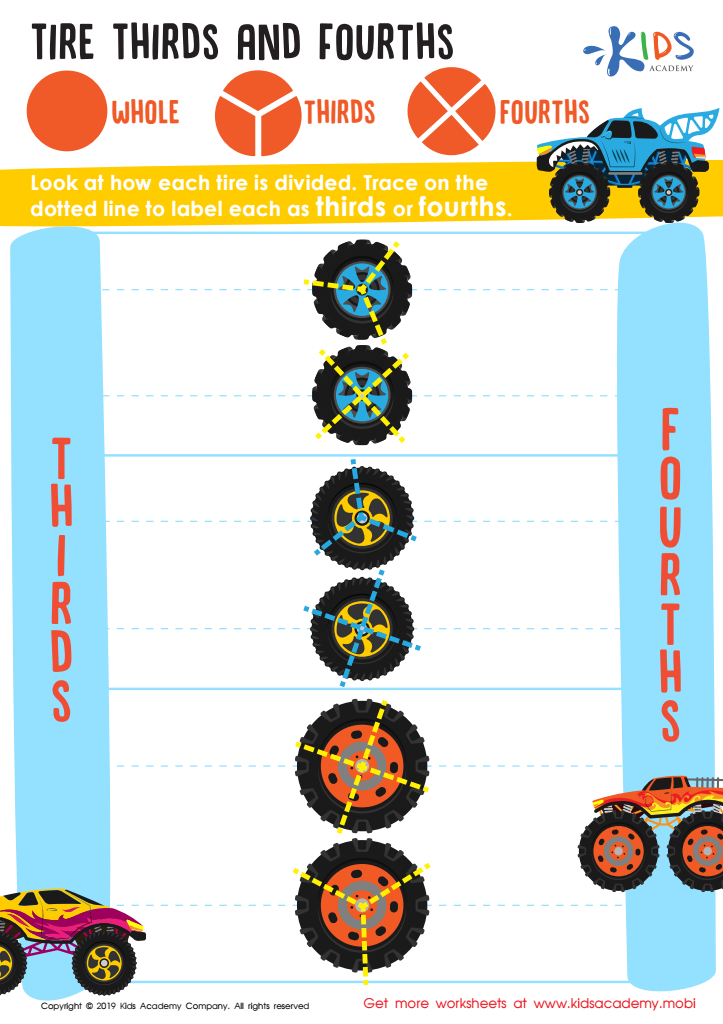

Tire Thirds and Fourths Worksheet
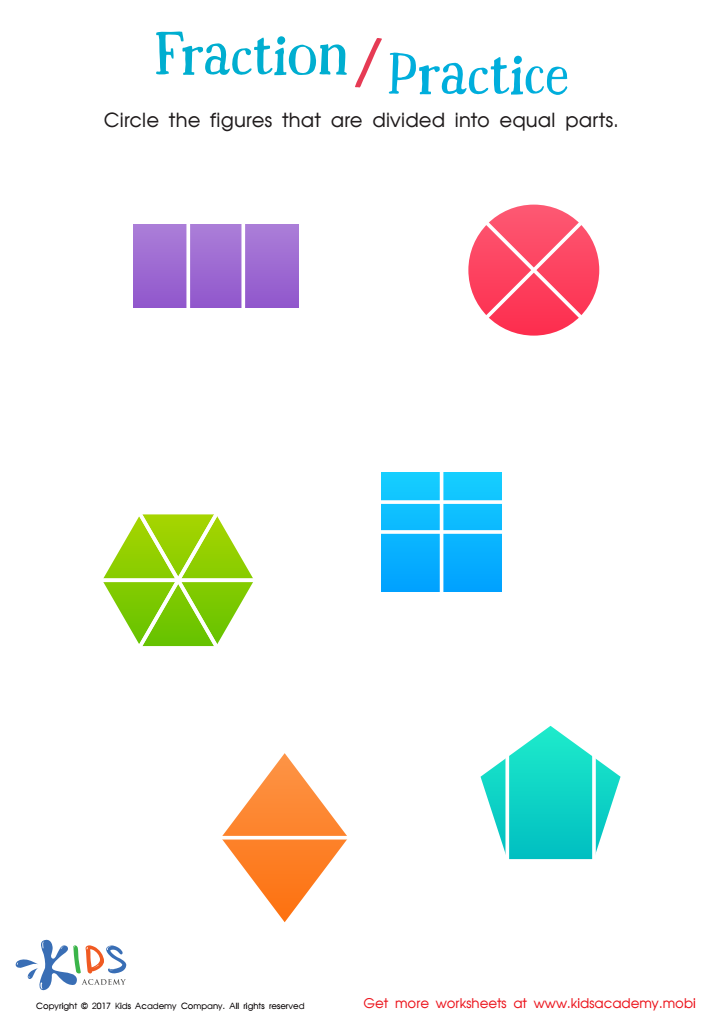

Fractions: Shapes Worksheet
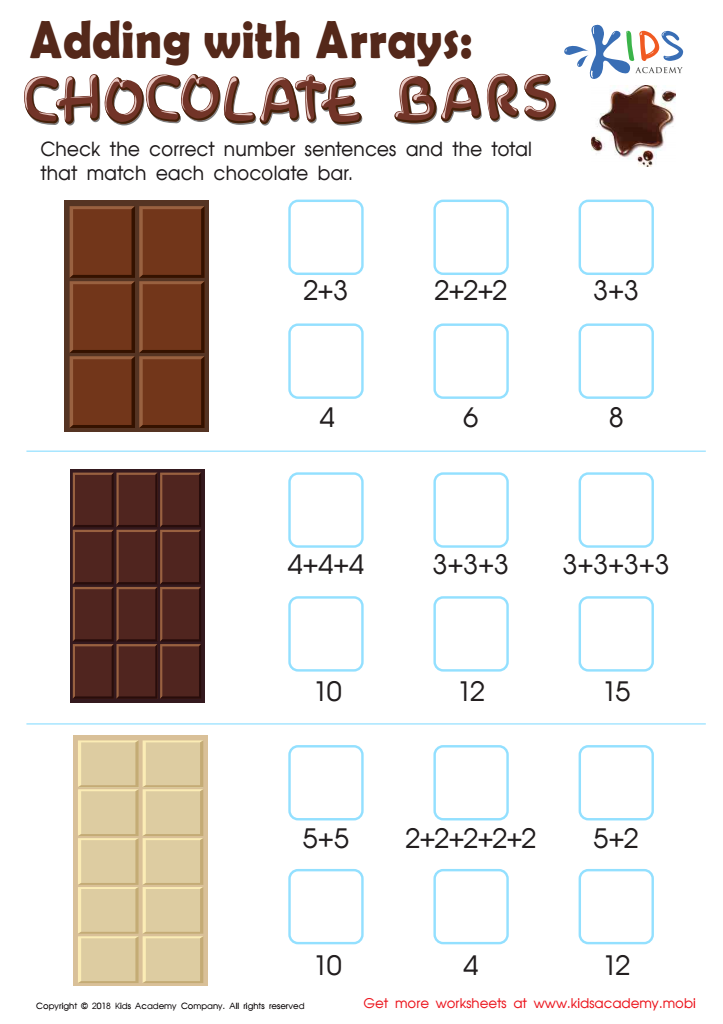

Adding with Arrays: Chocolate Bars Worksheet
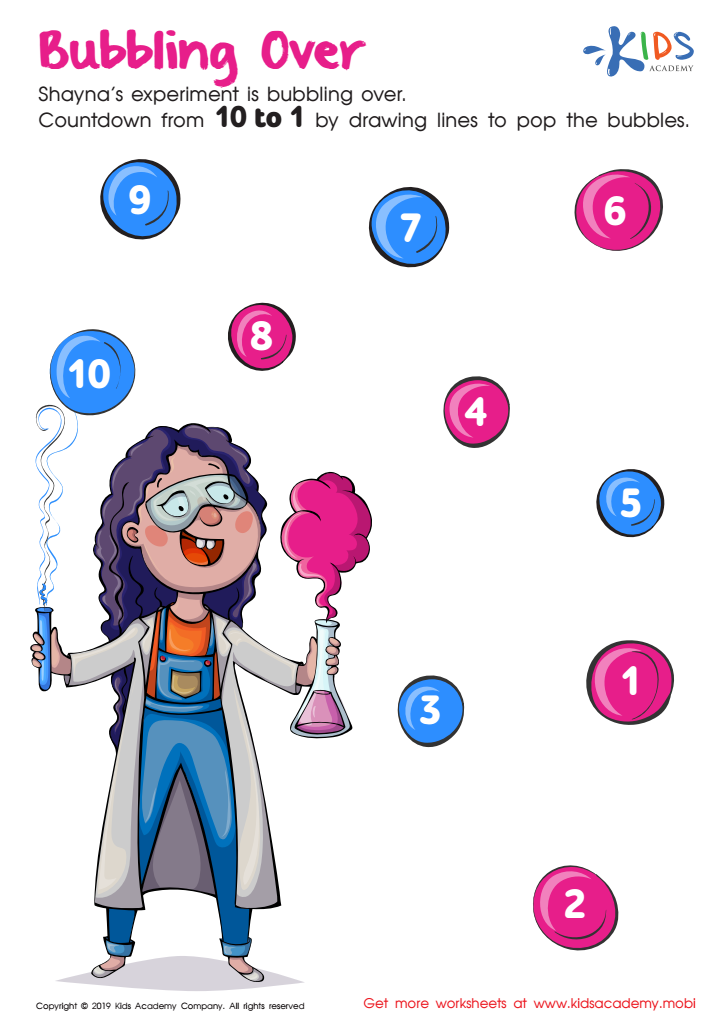

Bubbling Over Worksheet
Parents and teachers should care about teaching children aged 3-7 how to compare fractions because it lays a foundational math skill that plays a pivotal role in their educational development. Introducing basic concepts of fractions early can help cultivate numerical literacy, critical thinking, and problem-solving skills. Understanding fractions also promotes a deeper grasp of portions, proportions, and ratios, which are essential across various real-life applications, such as cooking, sharing, and dividing resources evenly.
For young children, comparing fractions helps to develop their number sense, enabling them to comprehend that fractions represent parts of a whole. This early exposure can demystify complex mathematical concepts later on by building essential skills incrementally. It sets a stage for future topics like decimals, percentages, and even algebra.
Moreover, when young children learn about fractions through playful and hands-on methods, such as using visual aids and manipulatives, it fosters a positive attitude towards math. This positive early experience can reduce math anxiety, encourage confidence, and motivate continuous learning.
In sum, focusing on comparing fractions for children aged 3-7 is not just about learning fractions—it’s about ensuring that kids have the skills and confidence necessary to successfully navigate the broader mathematical landscape and beyond.
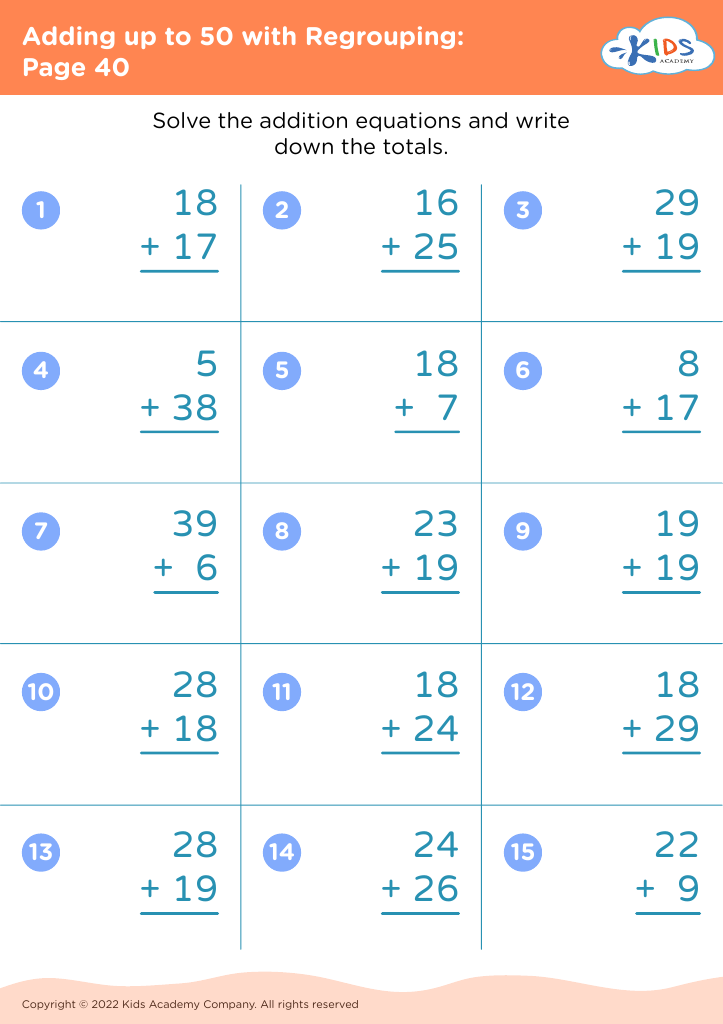

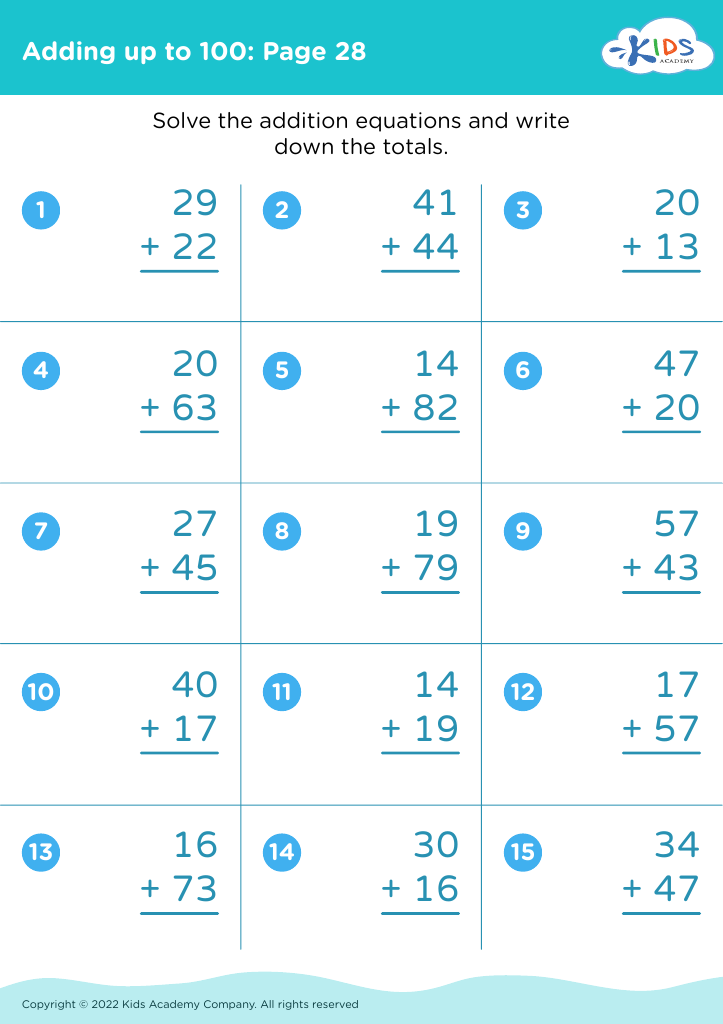

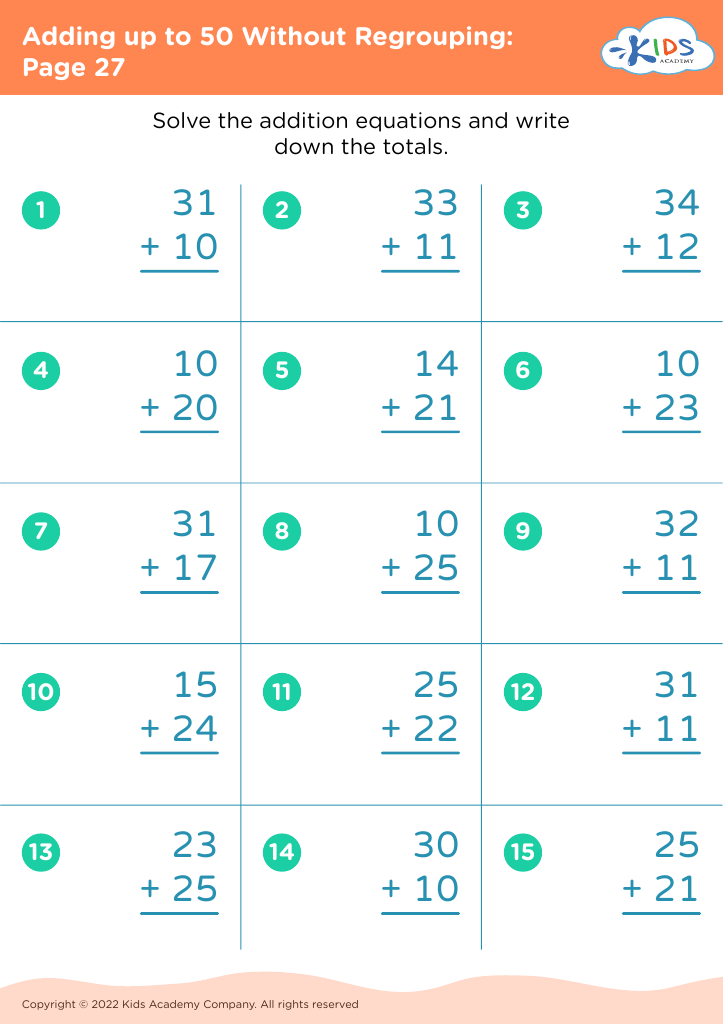
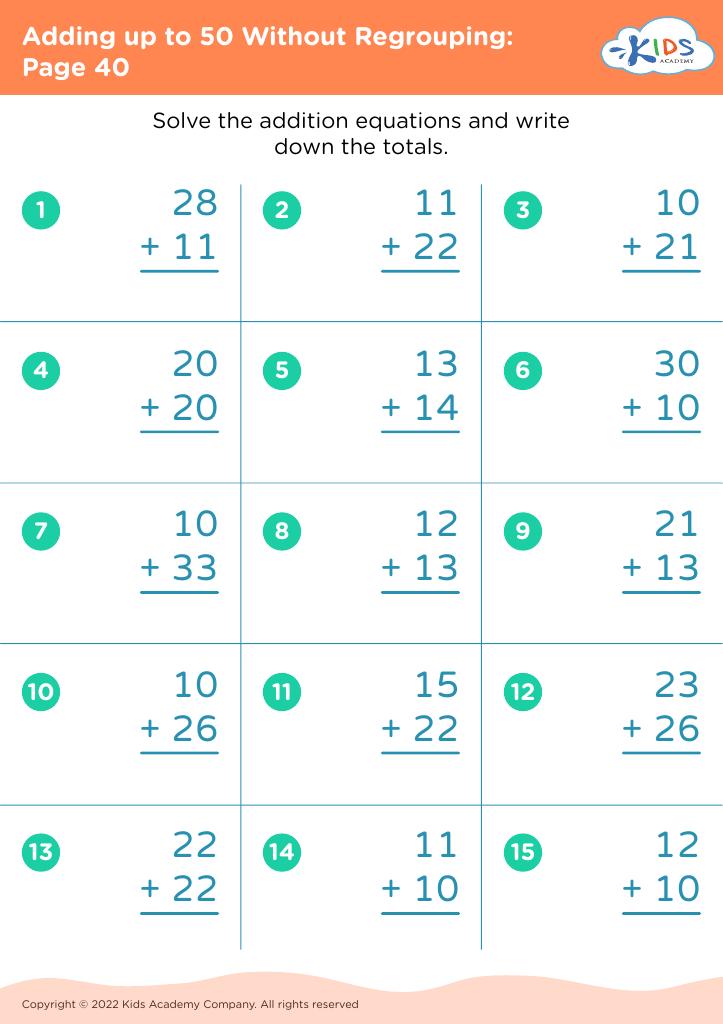


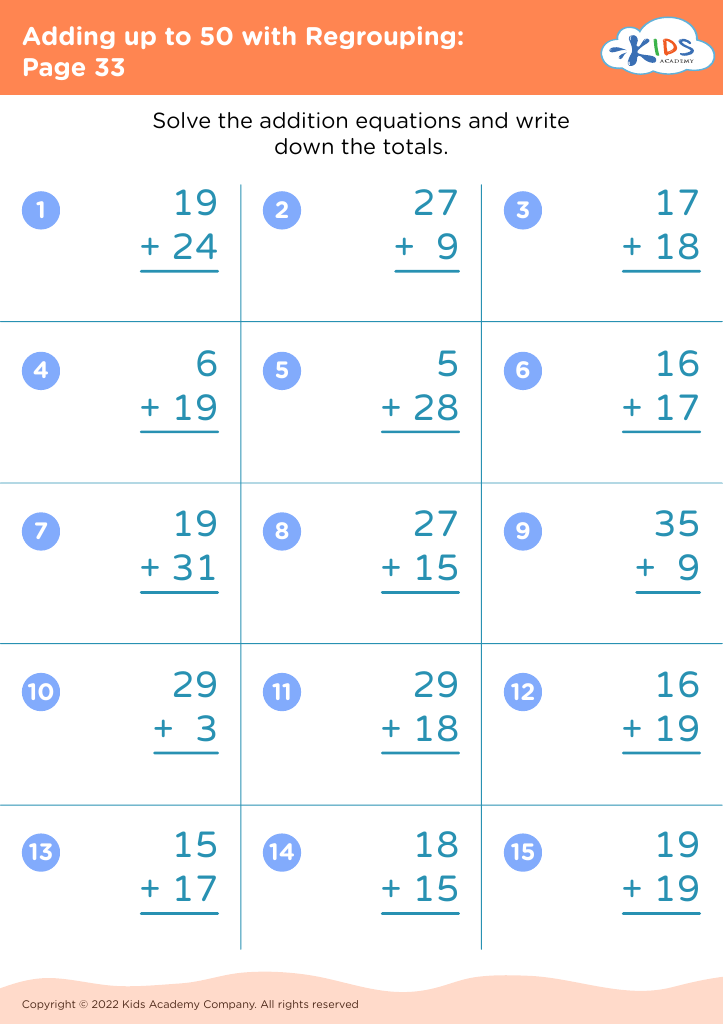
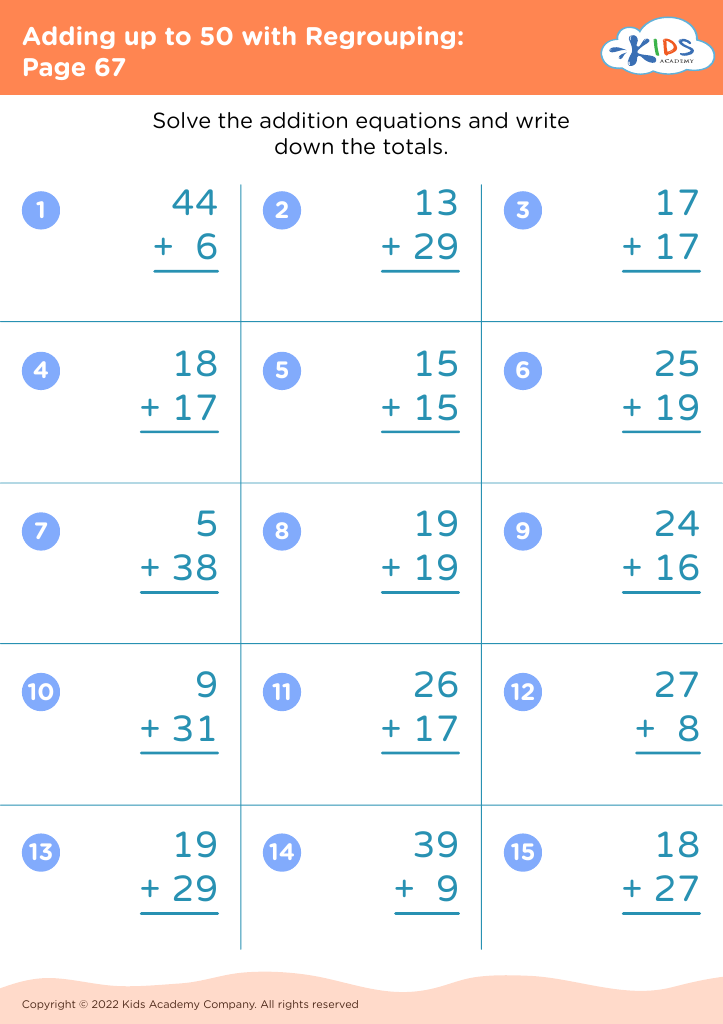
 Assign to My Students
Assign to My Students

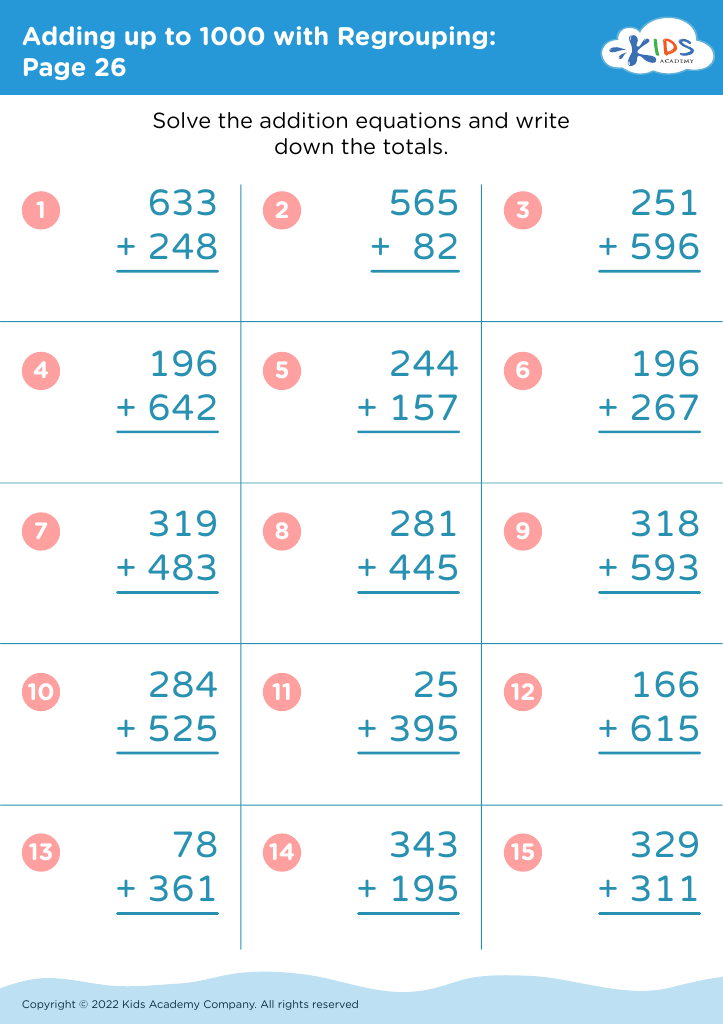
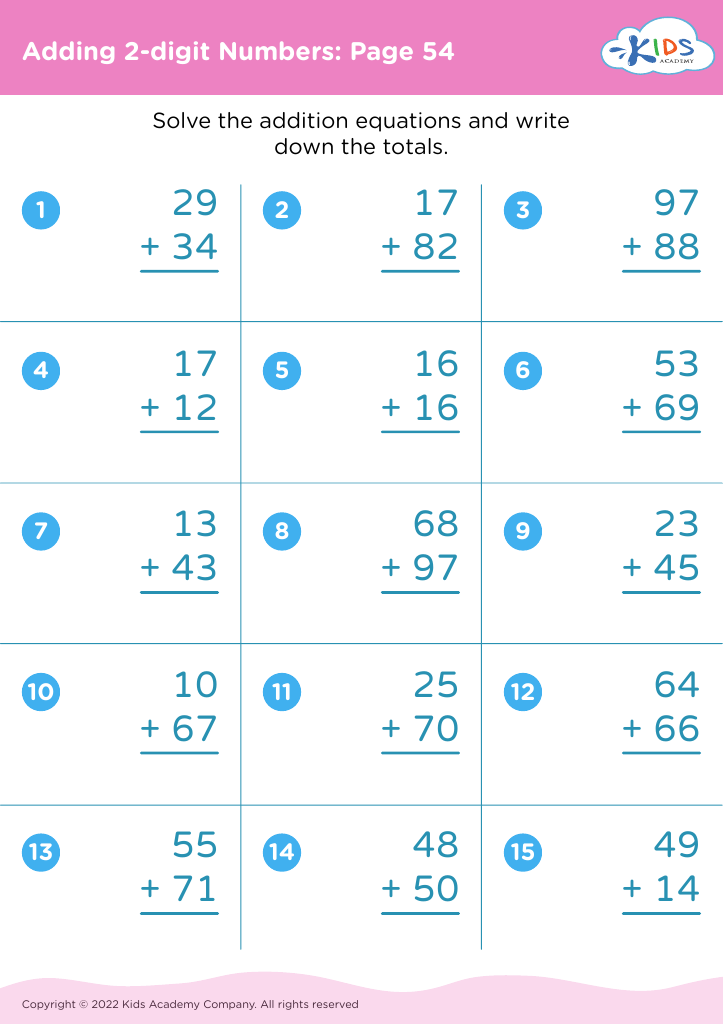
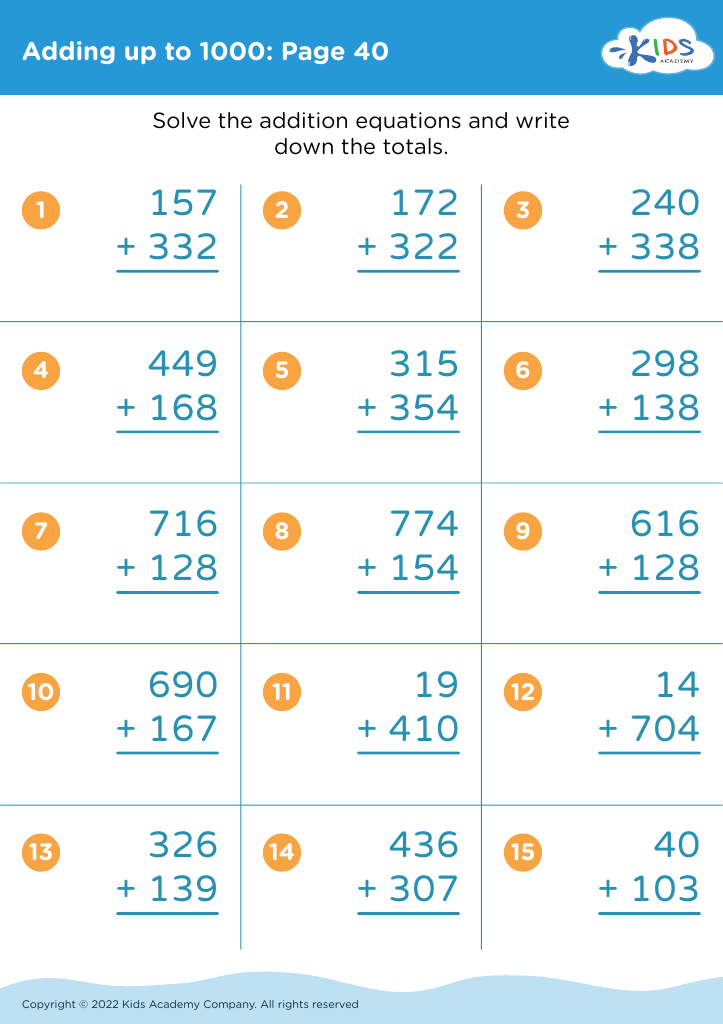
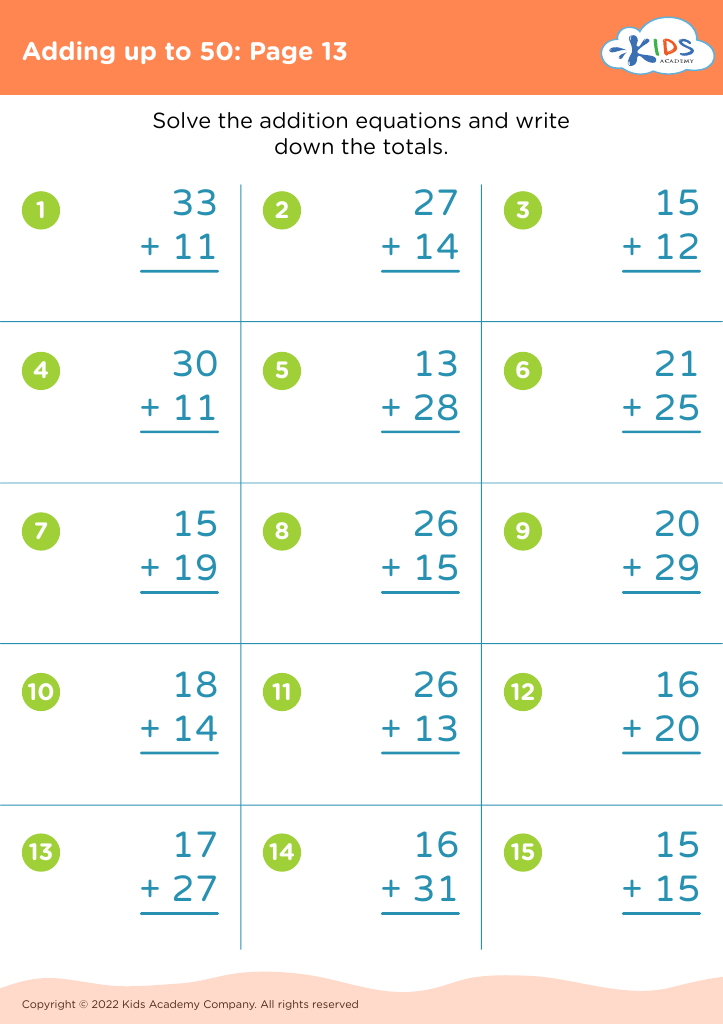
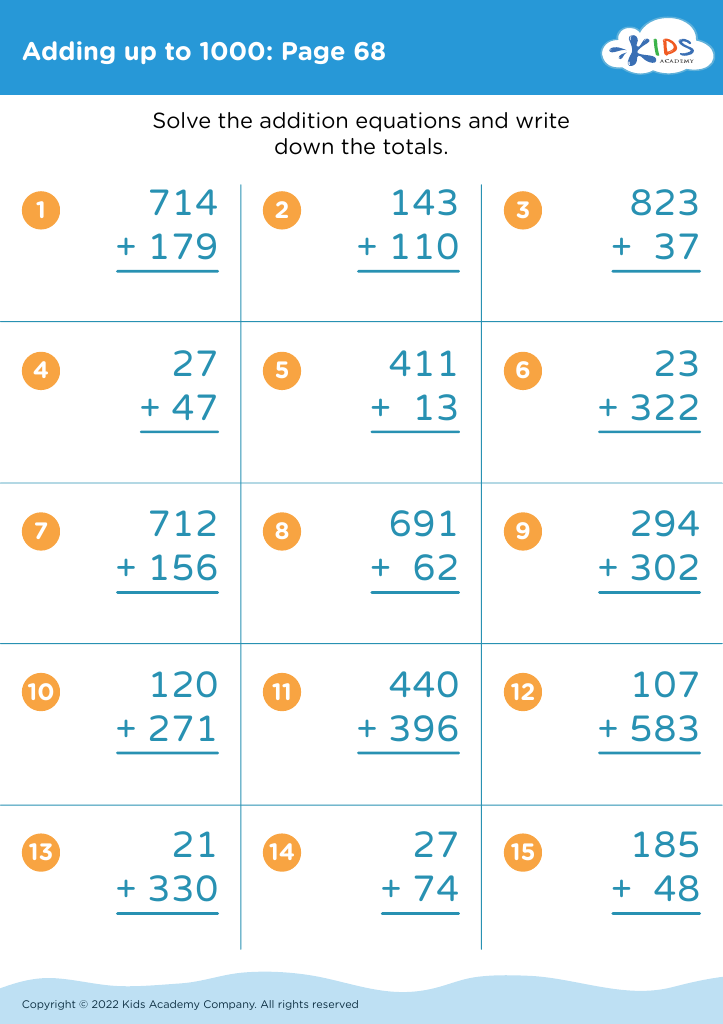
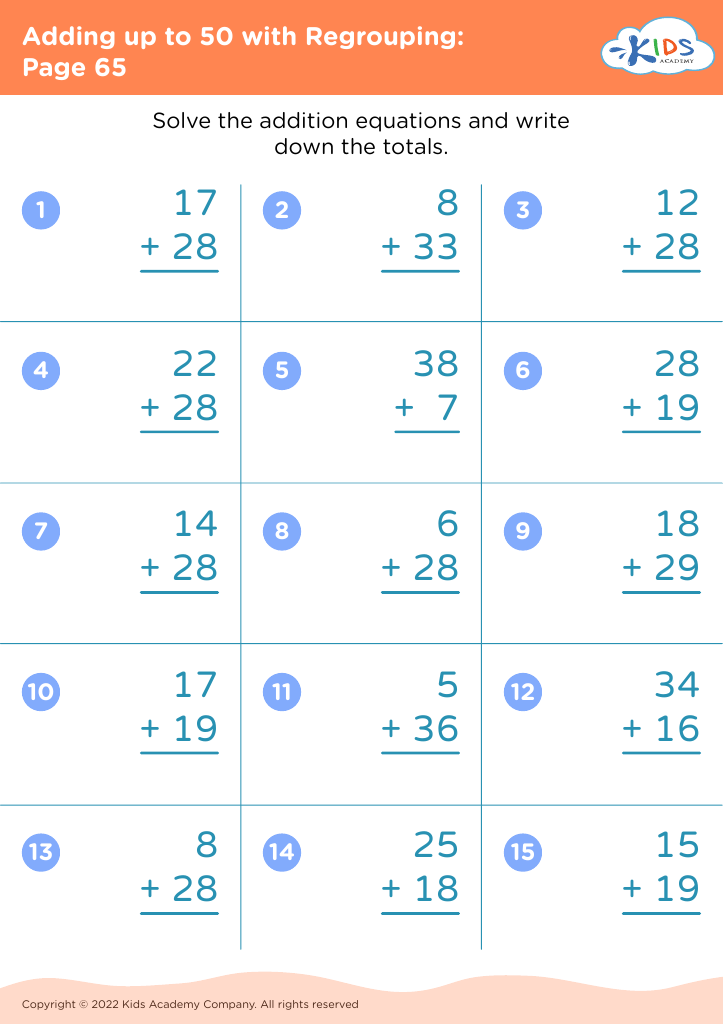
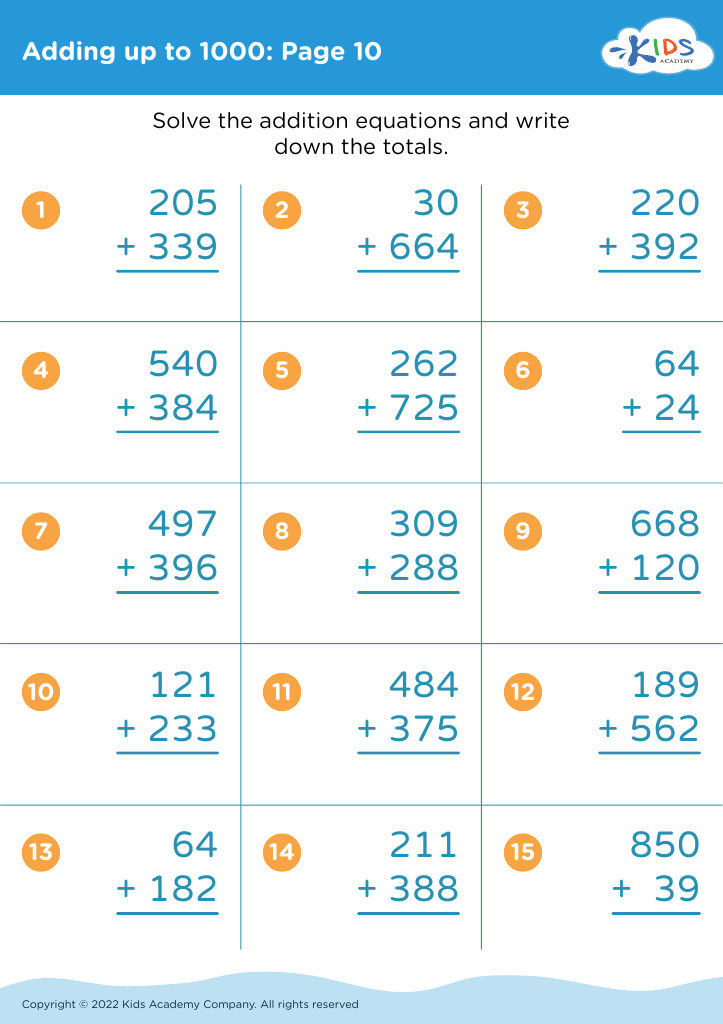
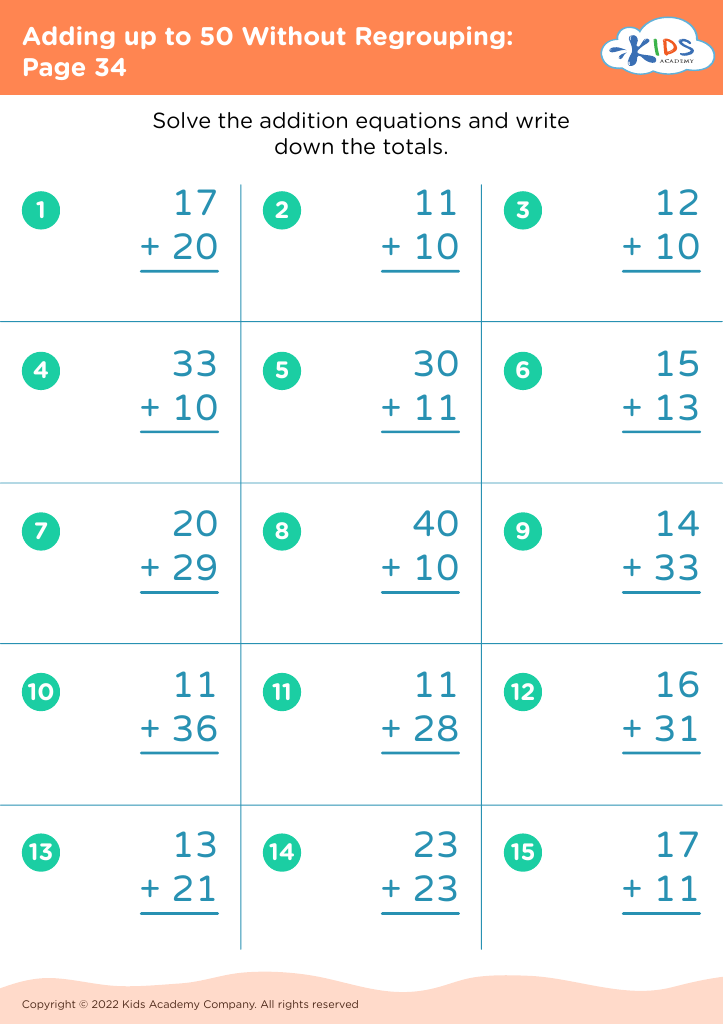
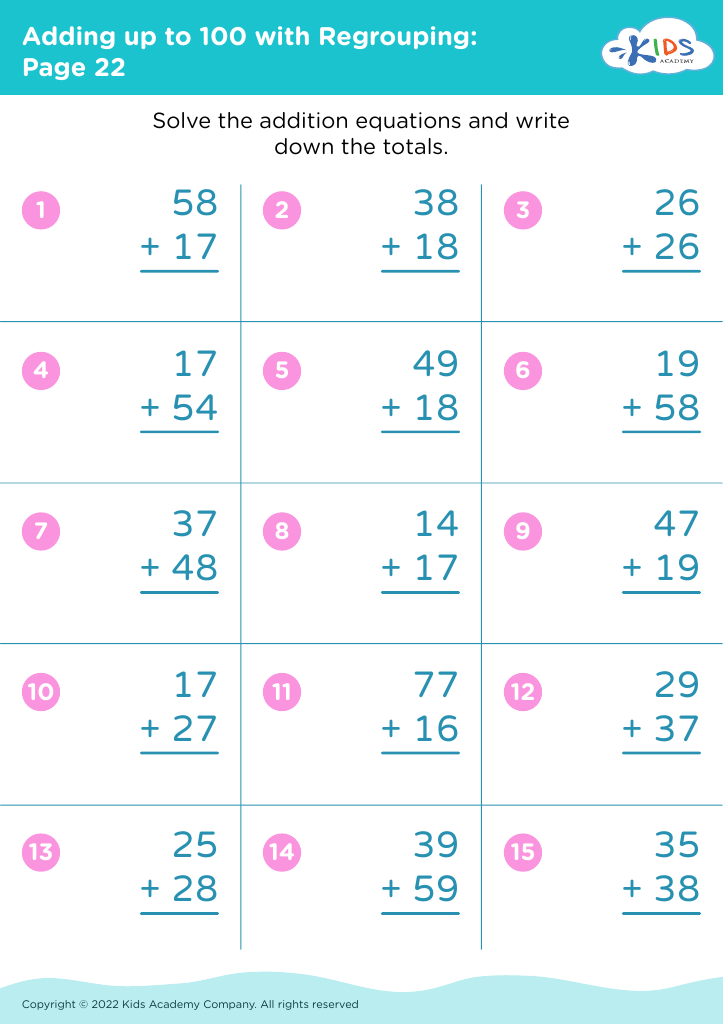
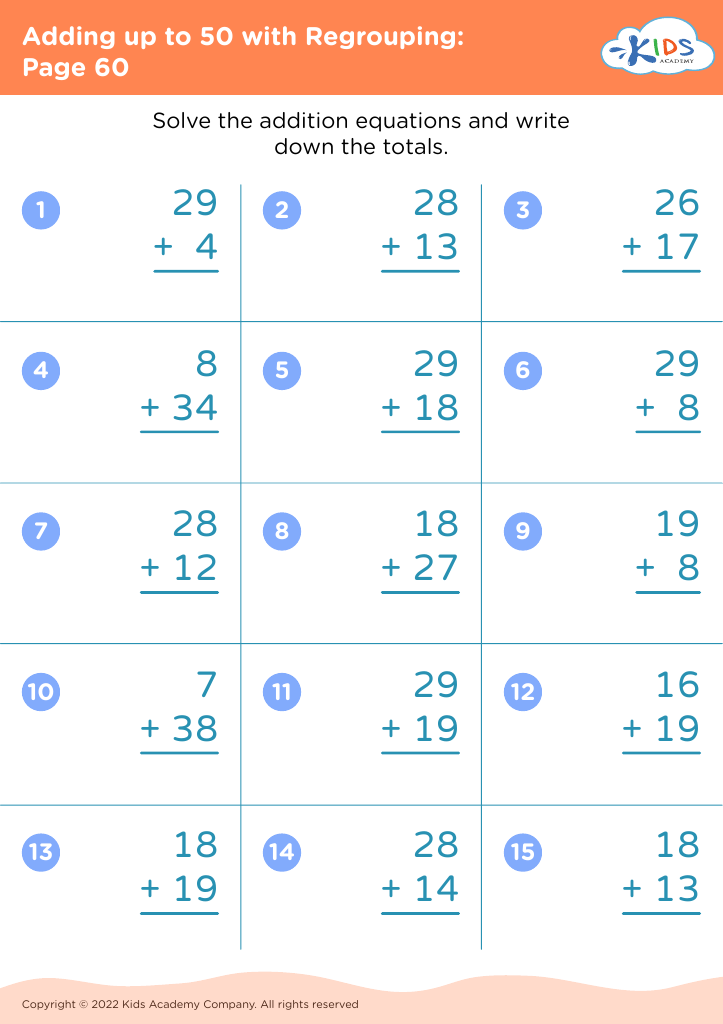
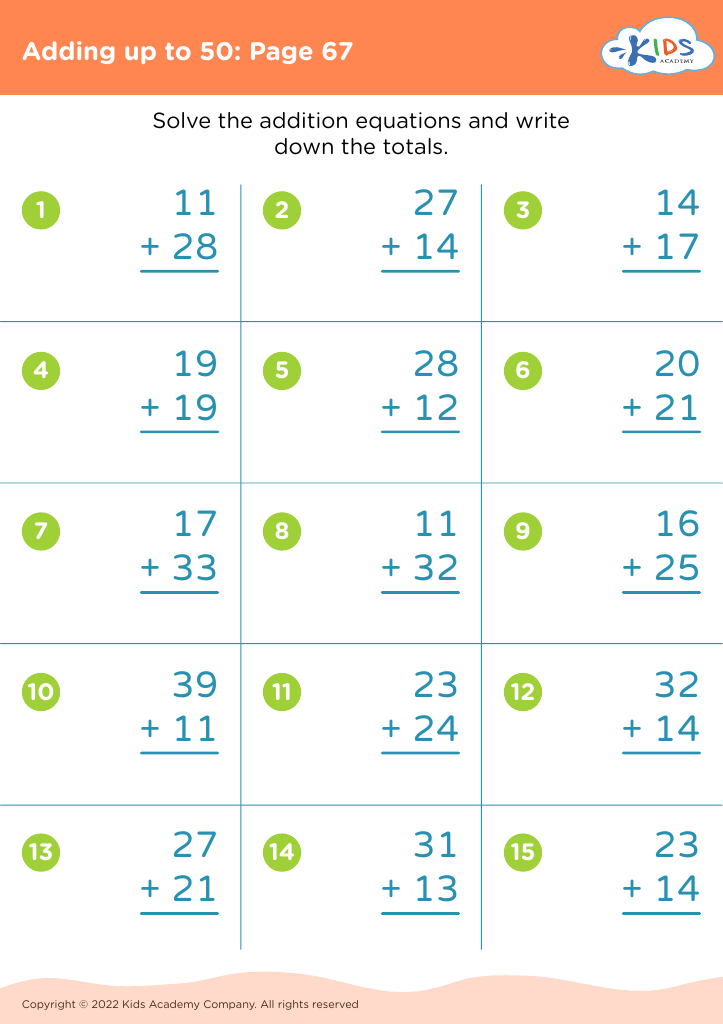
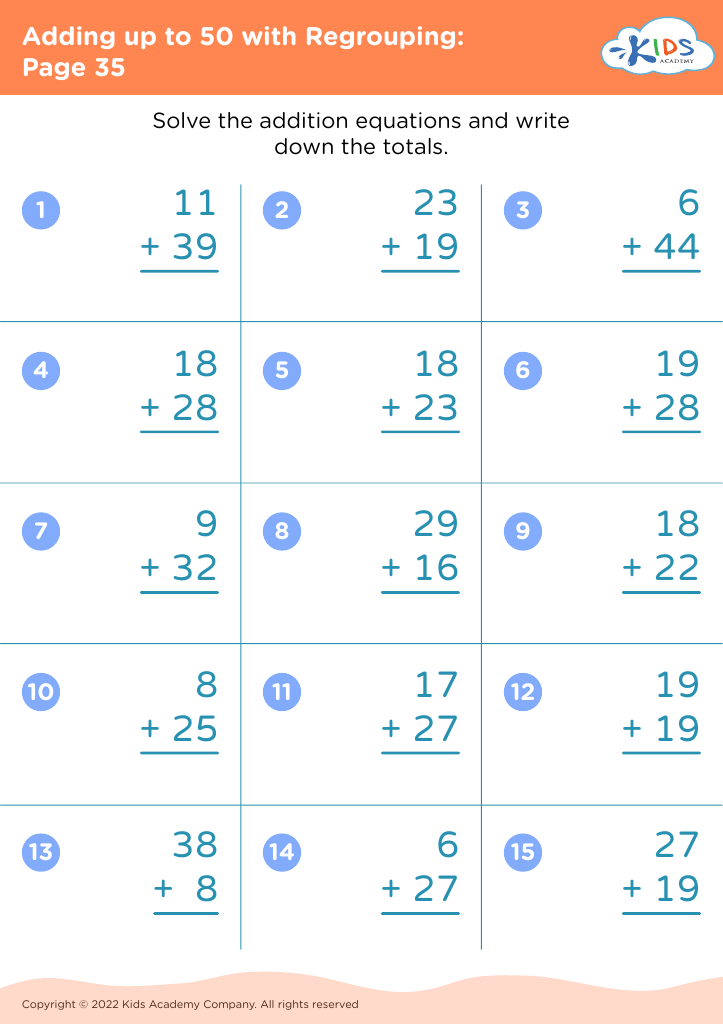
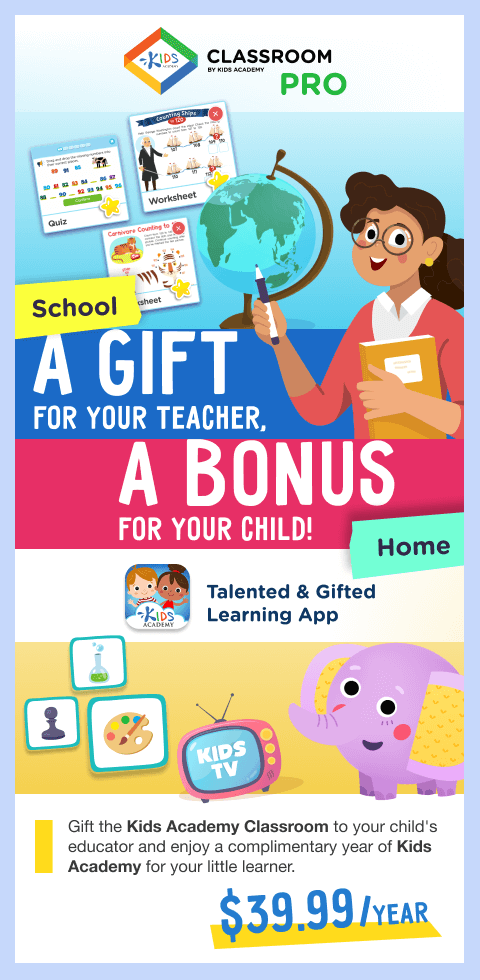



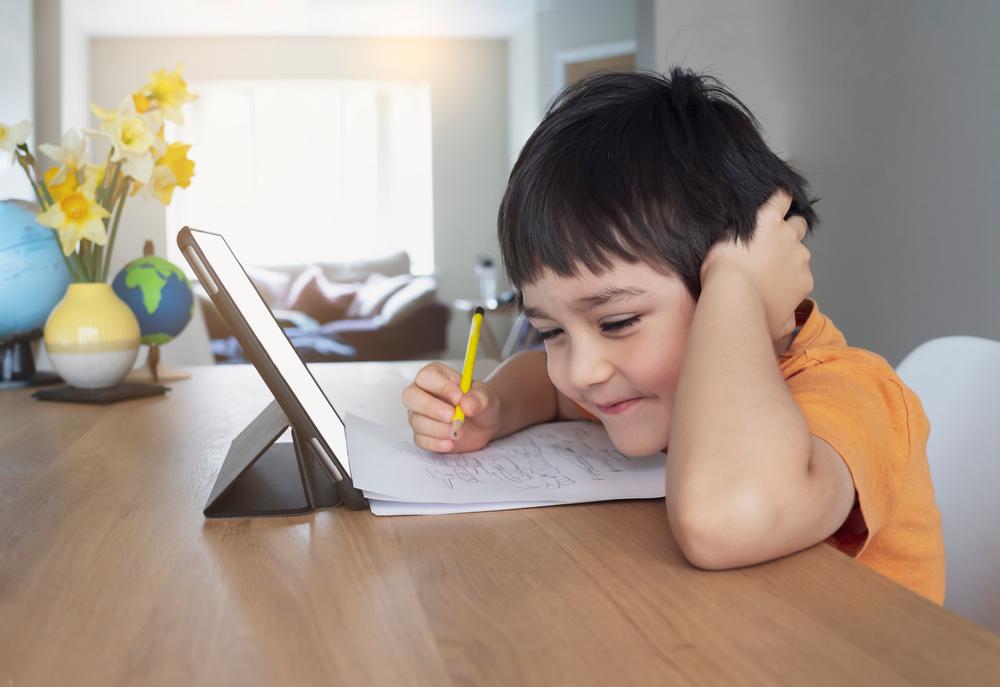

.jpg)












